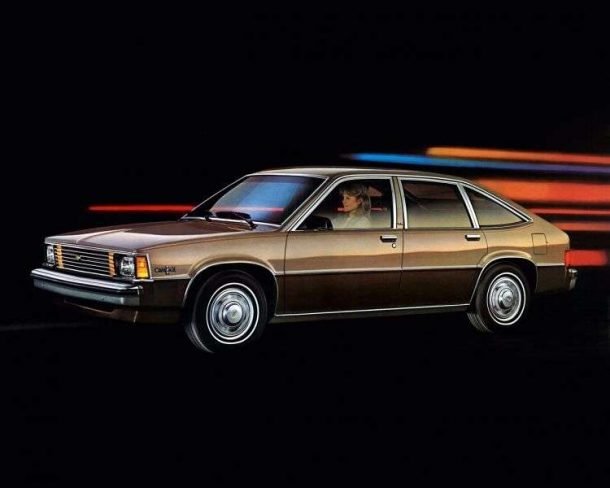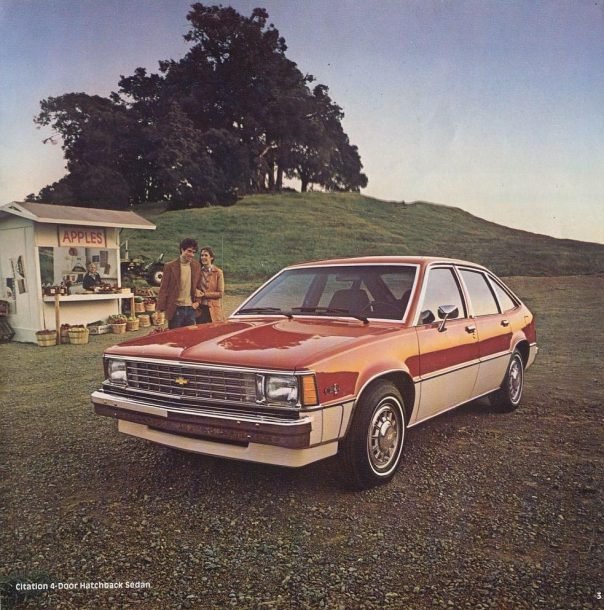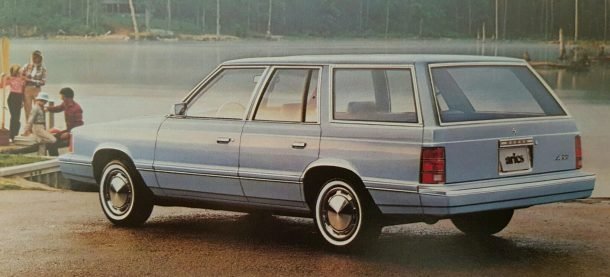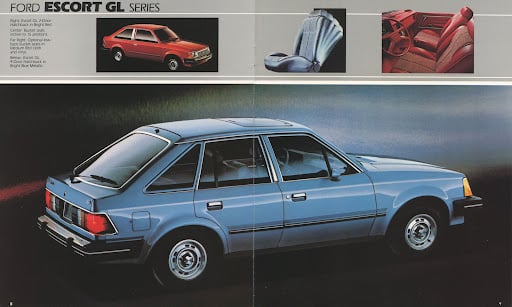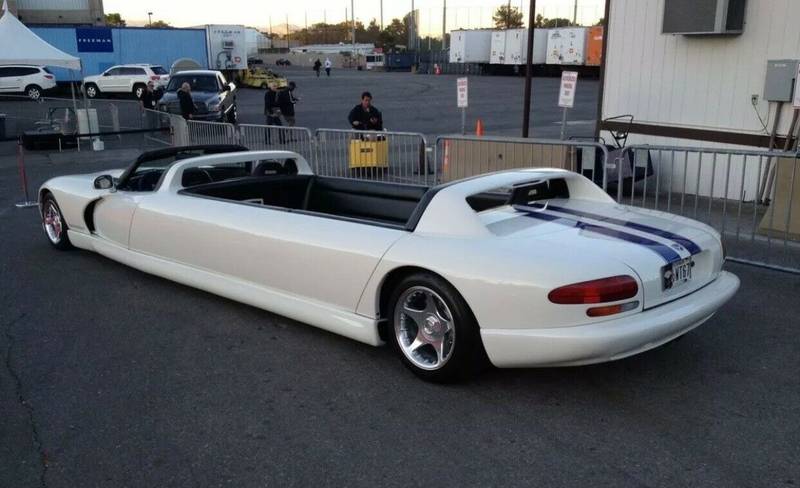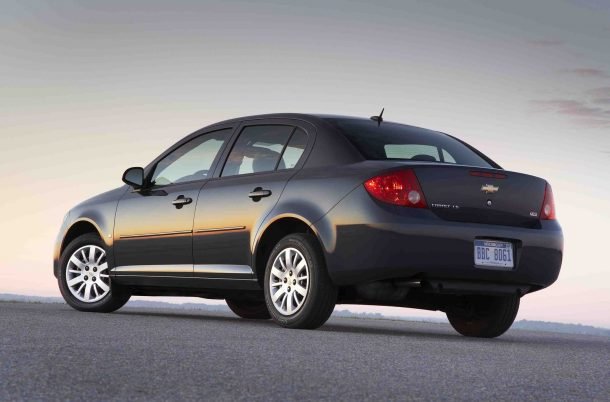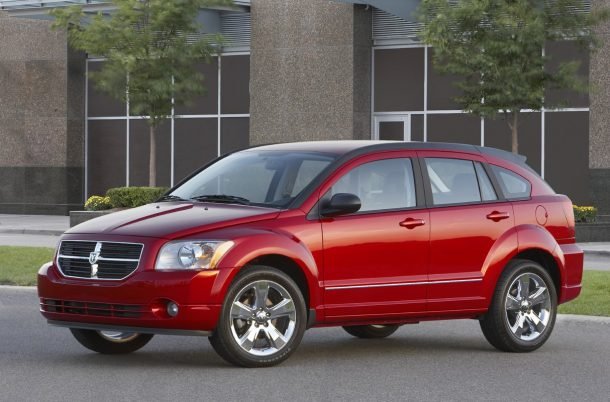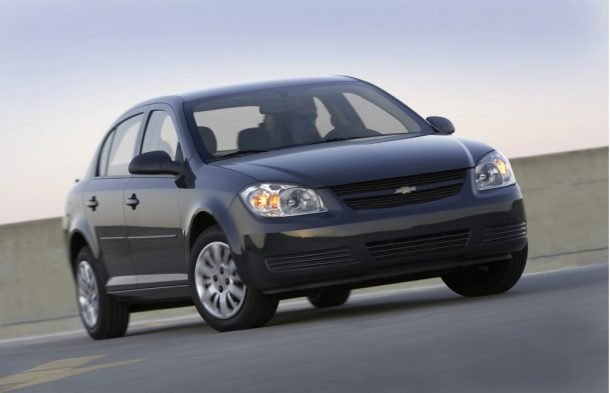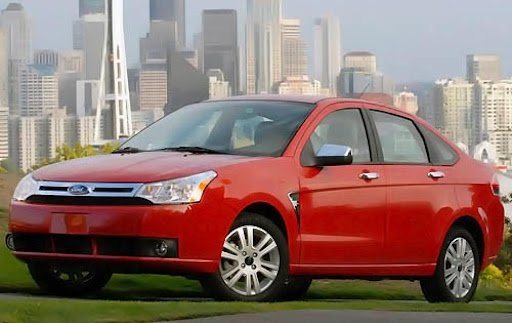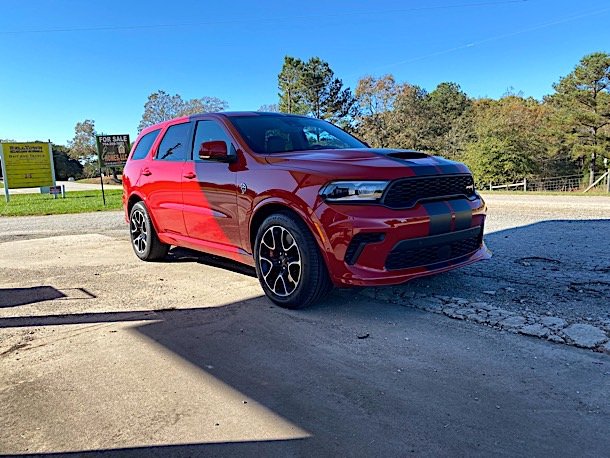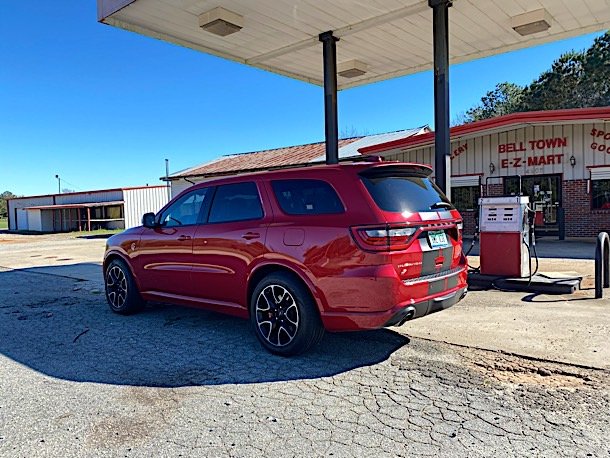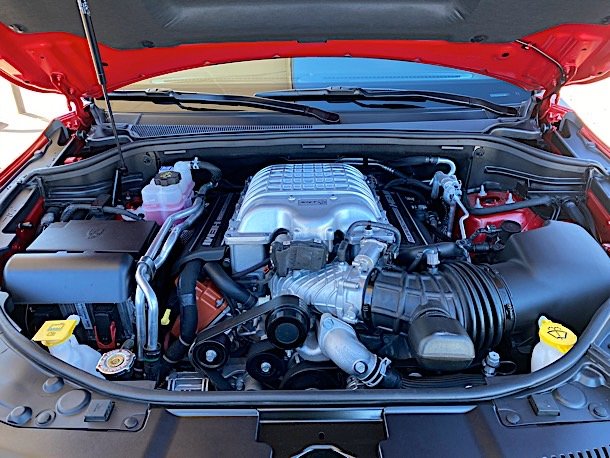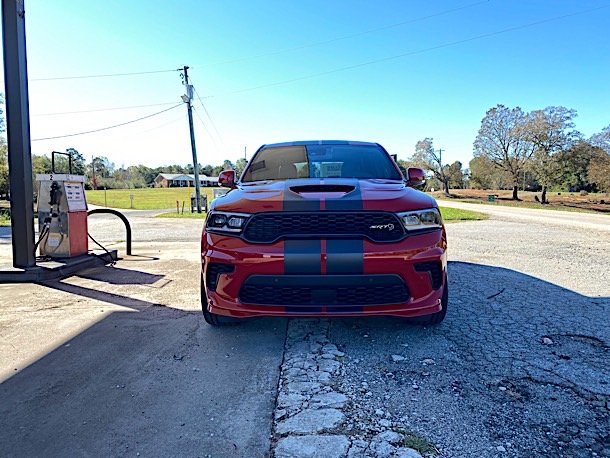Dodge Durango Hellcat
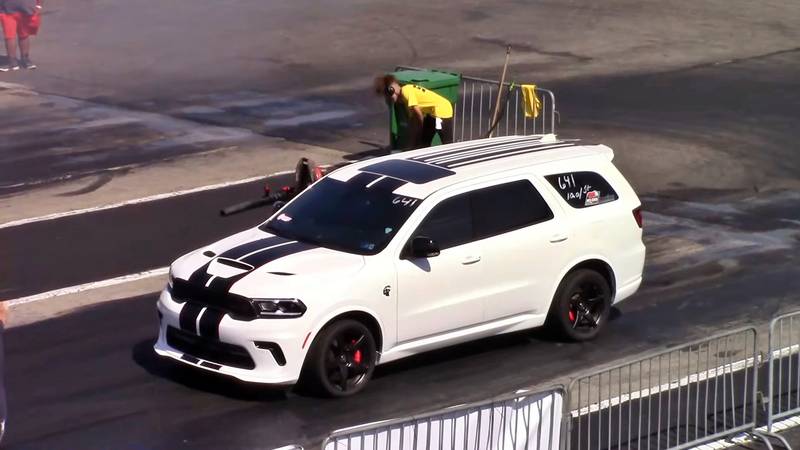
The Dodge Durango Hellcat SRT is already a lethal track weapon out of the box. The guys at American Muscle Performance have carried out some performance mods and this SUV recently broke the 10-second barrier to do the 1/4 mile
With a sub 4 second 0-60 mph time, the Durango Hellcat SRT is already a fast car and is amongst the fastest SUVs in the world. In stock form, it uses the same engine found in the Charger and the Challenger, i.e the 6.2-liter Supercharged V-8 engine that produces 707 horsepower and 645-pound feet of torque.
But I guess even that kind of power isn’t enough for some. This Durango Hellcat seen here belongs to Tina Boggess and was further tuned by American Muscle performance, where it has further received a number of upgrades under the hood. The seven-seater SUV is riding on Mickey Thomson Drag radials and it recently broke the 10
second time barrier for the quarter-mile.
Chevrolet Camaro ZL1
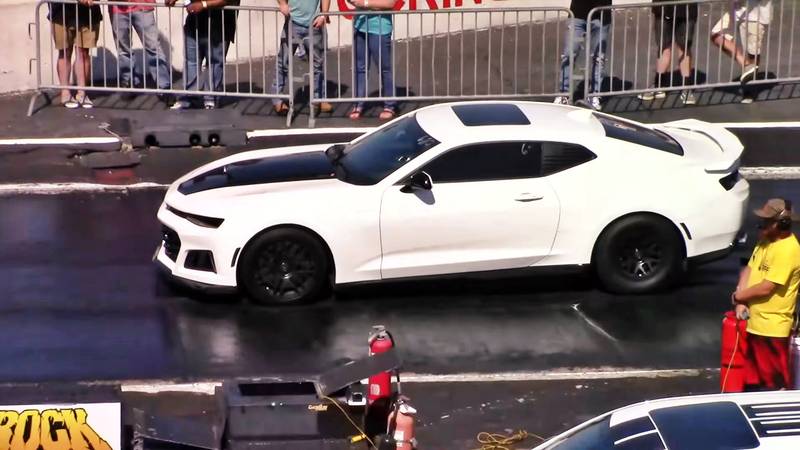
The tuned Durango SRT goes up against a Chevy Camaro ZL1, which also packs a 6.2 liter supercharged V8 that produces 650 hp and 650 lb-ft of torque. It sends all its power to the rear wheels
The Chevy Camaro is one of the best value pony cars out there that money can buy today. It is significantly cheaper than the competition and yet offers some blistering speed and performance. The white car seen here is the high-performance ZL1 variant that packs a 6.2-liter supercharged V-8 engine the produces 650 horsepower and 650 pound-feet of torque.
You can’t miss the aggressive aero and carbon bits on this Camaro. Out of the box, the ZL1 puts out an impressive quarter-mile time of 11.4 seconds. I’m sure this one has some performance bits added to it as well. For instance, it is wearing thicker rubber at the rear, which should definitely help put all that power down.
Ford Mustang GT 5.0 Coyote
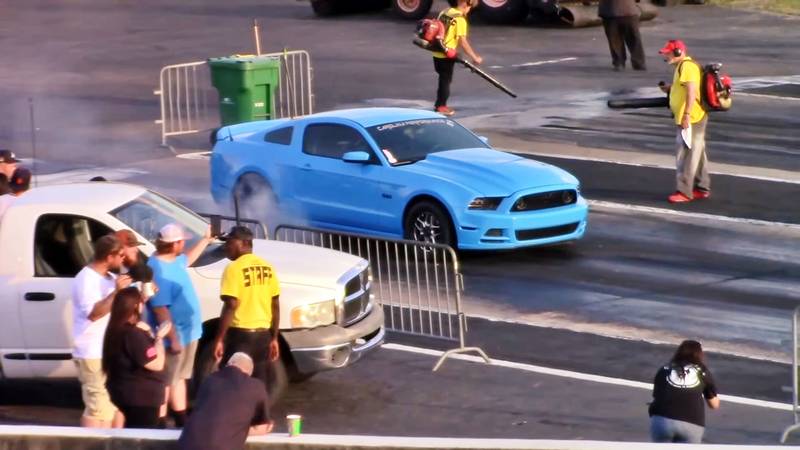
Next, the Durango Hellcat goes up against a Mustang GT 5.0 Coyote. The specs of the car are unknown to us, but Force Engineering was able to tune a Coyote to produce 1500 hp
The blue Mustang GT seen here is using a naturally aspirated 5.0 L Coyote engine that debuted back in 2011. Although the video doesn’t mention the exact specs of the car, I managed to find some details of this beast online from the owner himself. The car is using a stock intake and throttle body, clutch, shifter, and transmission.
The mods include full exhaust, E85, JLT CAI, AED tune, Team Z rear suspension, Strange shocks/struts, and an aluminum driveshaft. The exact horsepower figures on this Mustang are unknown, but Force Engineering was able to get the GEN 1 Coyote engine to produce over 1500 horsepower. What you can’t miss is, as, with the other contenders, this Mustang too is sitting on top of some high-performance drag radials.
Durango Hellcat SRT vs Chevy Camaro ZL1
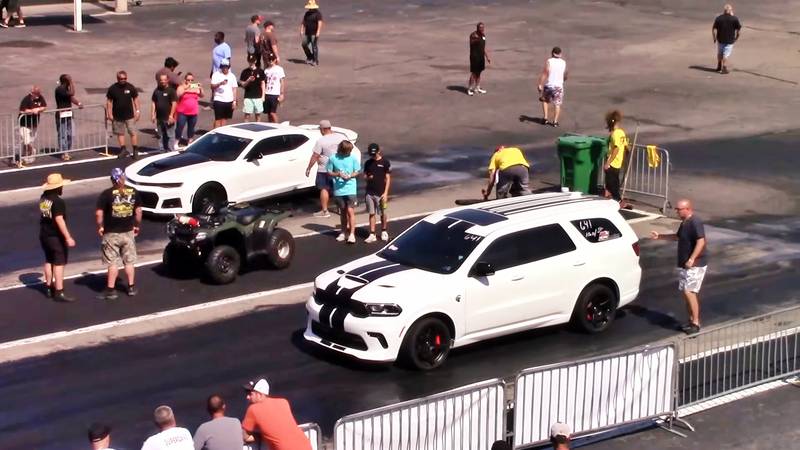
For round 1, the tuned Durango Hellcat takes on the ZL1. The Chevy pulls off some burnouts to put some temperature into those rear tires. Both cars line up for launch. The lights go out and the SUV gets a great start and gets the lead on the Chevy, but not for long. By the mid-way point though, the Camaro gets past the Durango and clinches the win, but honestly not by much. It was close though. How close you ask? Well, the Camaro ZL1 did the standing quarter in 9.85 seconds, while the Durango Hellcat clocked in a time of 10.39 seconds.
Durango Hellcat SRT vs Mustang GT 5.0 Coyote

Both cars line up for launch. It’s RWD against AWD, once again, who’s your money on this time round?
Next, it was now time for the Durango to go up against a Coyote Mustang. They line up at the Christmas tree for launch. The lights turn green and the Mustang gets some air and is ahead by a car length…. but not for long, because by the time the two cars complete the quarter-mile, it is the Durango Hellcat that’s ahead with a time of 10.13 seconds, with the Mustang not far behind at 10.28 seconds.
To sum it up
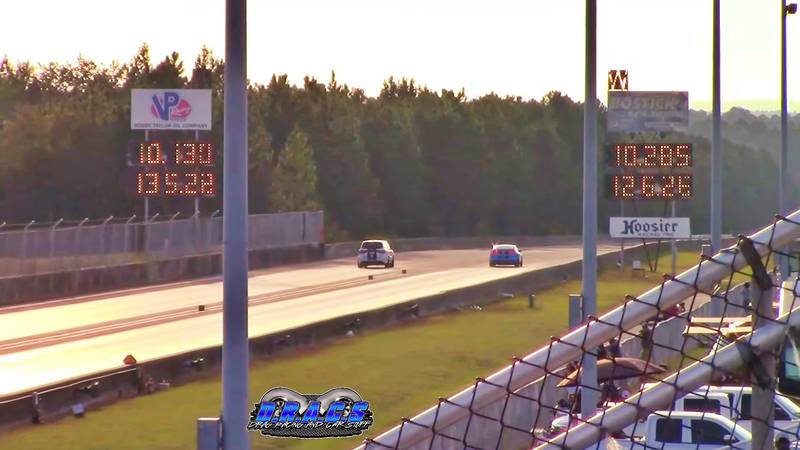
However, surprise surprise, by the time the pair get to the finish line, it’s the Durango that clinches the win with a time of 10.13 seconds, with the Mustang GT clocking in a time of 10.28 seconds. So this seven-seater really is a sub-10-second sleeper.
With this Durango Hellcat SRT, the guys at American Muscle Performance, certainly have turned this seven-seater SUV up to 11. It really goes to show how much more performance can be extracted from that 6.2
Hemi. Even with the added weight, the SUV was able to run pretty darn close to these serious pony cars. We can’t wait to see what other mods will be added in the future to this sub-10-second rig. Watch this space.
Watch the entire video below
Source: Youtube
For GREAT deals on a new or used Mercedes check out Mercedes Benz West Covina TODAY!